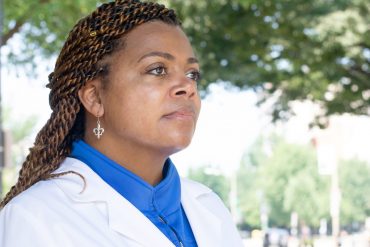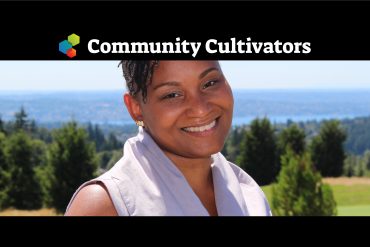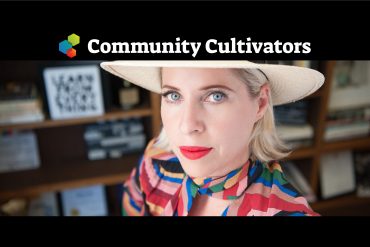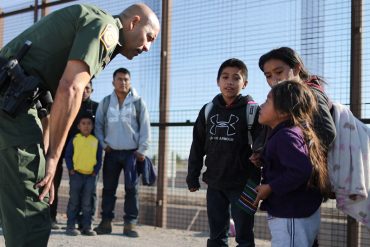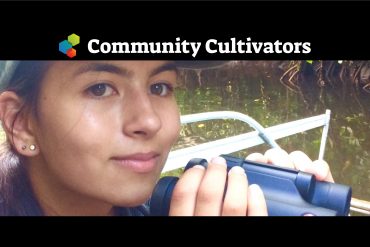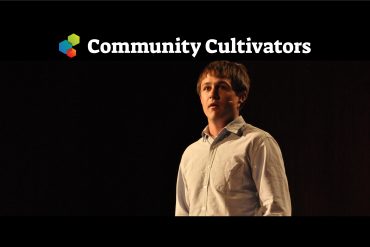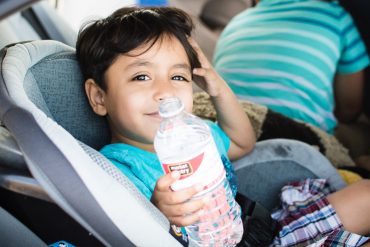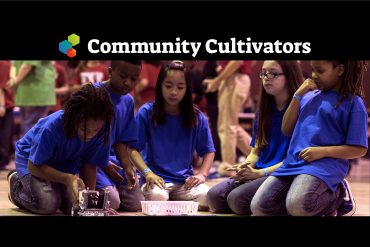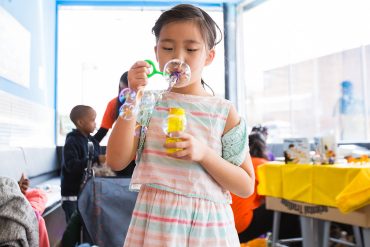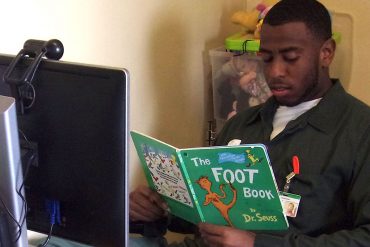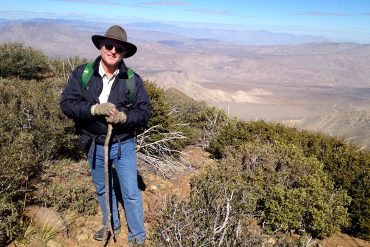“Our health system is failing women” are the unequivocal opening words of a report issued this past spring by Early...
Mark Swartz writes for Early Learning Nation and the Stanford Center on Early Childhood about efforts to improve early care and education. He lives in Takoma Park, Maryland, with his wife and two children.
Students Rebuild Inspires Creativity, Builds Global Community for Philanthropy
Meet Leonetta Elaiho—Chief Empowerment Officer
From the time she was a young person herself—specifically, a 15-year-old camp counselor in Seattle—Leonetta Elaiho has seen the many...
What would happen if we prioritized children’s potential? That’s the question implicitly asked and explicitly answered in the recent paper...
Tiffany Shlain’s Vision for Building Community
Embrace Beauty, Be Present, Always Carry a Notebook
This is the fourth entry in Early Learning Nation’s Community Cultivators series, and you would think, by now, we’d have...
The 24/7 news cycle tends to push certain crises at us for a day or two before other breaking stories come along to replace them. Of course, the human beings caught up in these tragedies don’t have the luxury of moving on. In the case of the forced separation of immigrant children from their families, young victims continue to face severe adversity.
Mya-Rose Craig, 17-years old, has followed her passion for birds and the environment to create and galvanize a community of activists of all ages. In the process, as a young Muslim woman, she’s been trolled on social media. Not an insurmountable problem, though, as Mya-Rose is keeping her eye on a larger issue: saving the planet.
Shared Values, Different Stories
Logan Smalley’s Vision for Building Community
Like a lot of kids, Logan Smalley liked to take his toys apart and then try (the operative word is...
Summer travel is a whole other thing when you’re a parent of young children. The rest and relaxation you’ve been...
Make. Learning. Relevant.
Dean Kamen’s Vision for Building Community
Imagine a world where baseball is a subject taught in school. Just one thing is missing from this imaginary curriculum: the students never actually get to play the game.
In September, they open their textbooks and read about the origins and rules of baseball. After winter break they take tests on pitching and hitting records set by the greatest players. By the spring, classes delve into the nuances of base stealing and bunting.
So what if they never swing a bat themselves or catch a line drive, right? It’s not like any of them are going to become professional ballplayers, right?
To Dean Kamen, this scenario is no more absurd than the way math and science have been taught traditionally.
Meeting (and Teaching) Families in Unexpected Places Can Transform Cities
Grocery stores, bus stops, laundromats… what’s next?
School is a great place to learn, but it’s not the only place. No matter how excellent our teachers are, no matter how enriching the curricula, school accounts for only about 20 percent of children’s waking hours. That’s why a growing number of education pioneers are building out nontraditional sites for young minds to develop their language skills and to learn about their world.
2.7 million children (1 in 28) currently have an incarcerated parent. How are programs like the Family Connections Center helping them get ready to be with their families again-- while still behind bars?
Act Naturally: The Benefits of Wet Hands and Muddy Feet
An Interview with Richard Louv
How do we get today’s kids active and in tune with nature? And if the current generation of young parents missed out on personal experiences with nature, who will teach their children?



